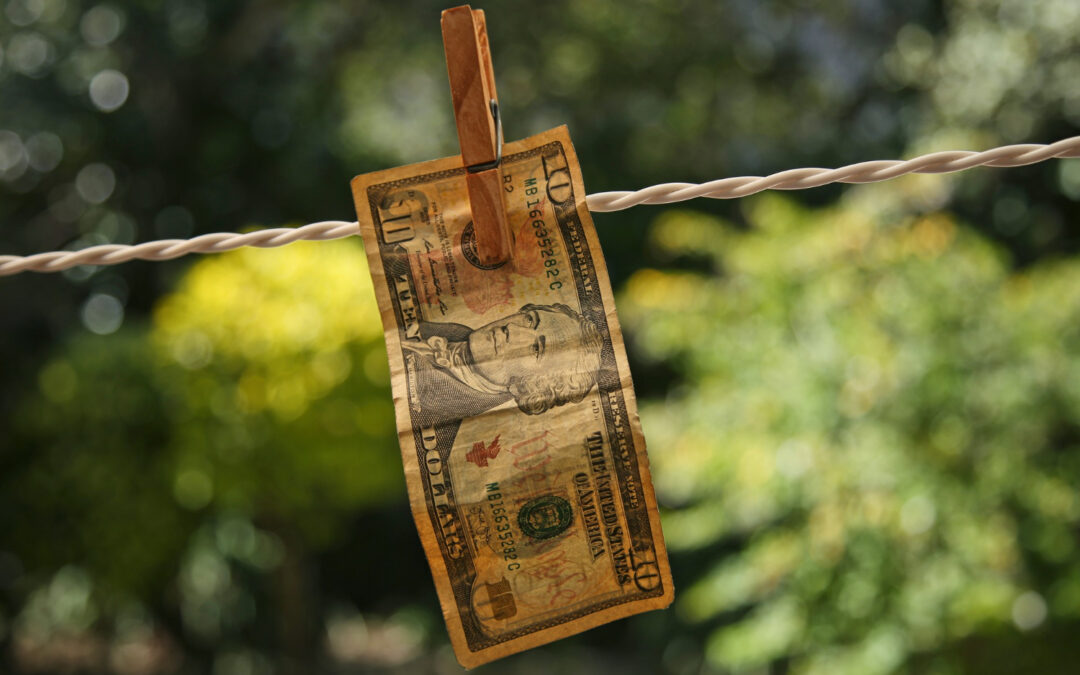Money laundering (Tindak Pidana Pencucian Uang or TPPU) is more than a financial crime; it is a manipulation of the financial system that conceals illicit assets behind seemingly legitimate transactions. By disguising the origins of funds from corruption, narcotics trafficking, or embezzlement, offenders integrate “cleaned” money into the economy. The consequences are severe, undermining financial stability, eroding public trust, and enabling organized crime to expand.
In Indonesia, money laundering cases have been linked to major scandals involving public figures, corporations, and transnational networks. Addressing these crimes requires cross-sector collaboration among financial institutions, regulators, law enforcement, and civil society. Understanding how money laundering operates, the legal framework, and enforcement strategies is key to preventing its escalation.
What Activities Constitute Money Laundering?
Money laundering rarely occurs in isolation. It typically follows predicate crimes such as corruption, drug trafficking, fraud, or human trafficking. The primary goal is to disguise illicit proceeds as legitimate funds. Perpetrators exploit loopholes in financial systems, digital technologies, and corporate structures to conceal transactions.
According to Article 3 of Law No. 8/2010 on the Prevention and Eradication of Money Laundering (UU TPPU), laundering activities include placing, transferring, spending, donating, entrusting, carrying overseas, or converting assets known or reasonably suspected to be derived from crime. These acts make detection complex, especially when executed systematically across multiple actors.
Illicitly “cleaned” funds often re-enter the economy through political financing, luxury asset purchases, or even to fund new criminal activities. Recognizing how laundering progresses is critical for prevention.
The Three Stages of Money Laundering
Indonesian jurisprudence, as outlined by the Supreme Court, identifies three interrelated stages of laundering:
- Placement
Introducing illicit funds into the financial system, often through large cash deposits into banks or other institutions. This stage is highly vulnerable to detection since the funds are in physical form..
- Layering
Disguising the trail through complex transactions, including cross-border transfers, currency conversions, and repeated purchases of high-value assets. This stage is deliberately designed to frustrate investigators.
- Integration
Reintroducing laundered funds into the economy through investments, property acquisitions, or commercial activity. At this point, funds appear legitimate and circulate in the formal economy without suspicion.
Also read:
Legal Framework and the Role of PPATK
Money laundering in Indonesia is regulated not only by UU TPPU but also by Article 607 of Law No. 1/2023 on Criminal Code. These provisions criminalize the concealment or disguise of illicit assets, applying liability not only to the primary offender but also to anyone who receives, controls, or uses such funds.
The integration of money laundering offenses into the Criminal Code reflects a systemic approach, recognizing its broad impact on governance, financial integrity, and social justice. This move strengthens law enforcement powers in asset tracing, seizure, and recovery.
Central to enforcement is the Indonesian Financial Transaction Reports and Analysis Center (PPATK). As an independent authority, PPATK collects, analyzes, and evaluates suspicious transaction reports from banks, insurers, and other reporting entities. Using a “follow the money” approach, PPATK provides intelligence to law enforcement agencies, including the police, prosecutors, and the Corruption Eradication Commission (KPK).
PPATK also promotes compliance through regulations, training, and supervision of reporting entities. Its role as a financial intelligence unit ensures that Indonesia maintains an effective anti-money laundering (AML) framework aligned with international standards.
Also read: Penyitaan Aset Kripto Sebagai Barang Bukti Dalam Tindak Pidana Pencucian Uang
Evolving Laundering Methods and Criminal Penalties
With the rise of digital platforms, money laundering techniques in Indonesia have become increasingly sophisticated. The PPATK 2024 Annual Report highlights online gambling cases with transactions amounting to IDR 359.81 trillion (approx. USD 23 billion). This illustrates how laundering now extends beyond narcotics and corruption into digital sectors where oversight is challenging.
Common methods include::
- Smurfing involves breaking down large sums into smaller deposits to avoid detection.
- Structuring refers to organizing transactions systematically to appear legitimate.
- Nominee arrangement uses third parties or shell companies to obscure ownership..
- High-value asset purchases convert illicit funds into property, vehicles, or collectibles.
- Cross-border transfers exploit jurisdictions with weaker AML supervision.
Penalties of Money Laundering in Indonesia
Penalties under Indonesian law are severe:
- Article 3 UU TPPU imposes penalties of up to 20 years’ imprisonment and fines of up to Rp 10 billion for anyone who places, transfers, spends, or otherwise uses assets known to be derived from criminal activity.
- Article 4 UU TPPU imposes similar penalties for acts of concealing or disguising the origin, location, transfer, or ownership of assets obtained through crime.
- Article 5 UU TPPU imposes up to 5 years’ imprisonment and fines of up to IDR 1 billion for individuals who knowingly receive, control, or use illicit funds.
- Article 607 KUHP imposes an extended liability to beneficiaries of money laundering, with penalties of up to 15 years’ imprisonment and Category VII fines.
Money laundering threatens not only Indonesia’s financial stability but also its rule of law. As laundering schemes evolve, enforcement must combine robust intelligence, cross-border cooperation, and advanced monitoring tools.
Indonesia’s response, anchored in the UU TPPU, the Criminal Code, and the leadership of PPATK, demonstrates a commitment to protecting the financial system from illicit flows. By closing regulatory loopholes, imposing strict sanctions, and strengthening compliance frameworks, Indonesia is positioning itself to prevent criminal proceeds from re-entering legitimate markets.***
Also read: Ragam Modus Pencucian Uang dan Strategi Penegakan Hukumnya di Indonesia
Regulations:
- Undang-Undang Nomor 8 Tahun 2010 tentang Pencegahan dan Pemberantasan Tindak Pidana Pencucian Uang (“UU TPPU”).
- Undang-Undang Nomor 1 Tahun 2023 tentang Kitab Undang-Undang Hukum Pidana (“KUHP”).
References:
- Pencucian Uang. Kepaniteraan Mahkamah Agung. (Diakses pada 29 Agustus 2025 pukul 10.02 WIB).
- Peran PPATK dalam Melacak Aliran Dana Korupsi. HukumOnline. (Diakses pada 29 Agustus 2025 pukul 10.28 WIB).
- Penjelasan Metode Follow the Money yang Dipakai KPK untuk Usut Korupsi Bank BJB. Tempo. (Diakses pada 29 Agustus 2025 pukul 10.35 WIB).
- Laporan Tahunan PPATK Tahun 20024. Pusat Pelaporan dan Analisis Transaksi Keuangan (PPATK). (Diakses pada 29 Agustus 2025 pukul 10.57 WIB).
